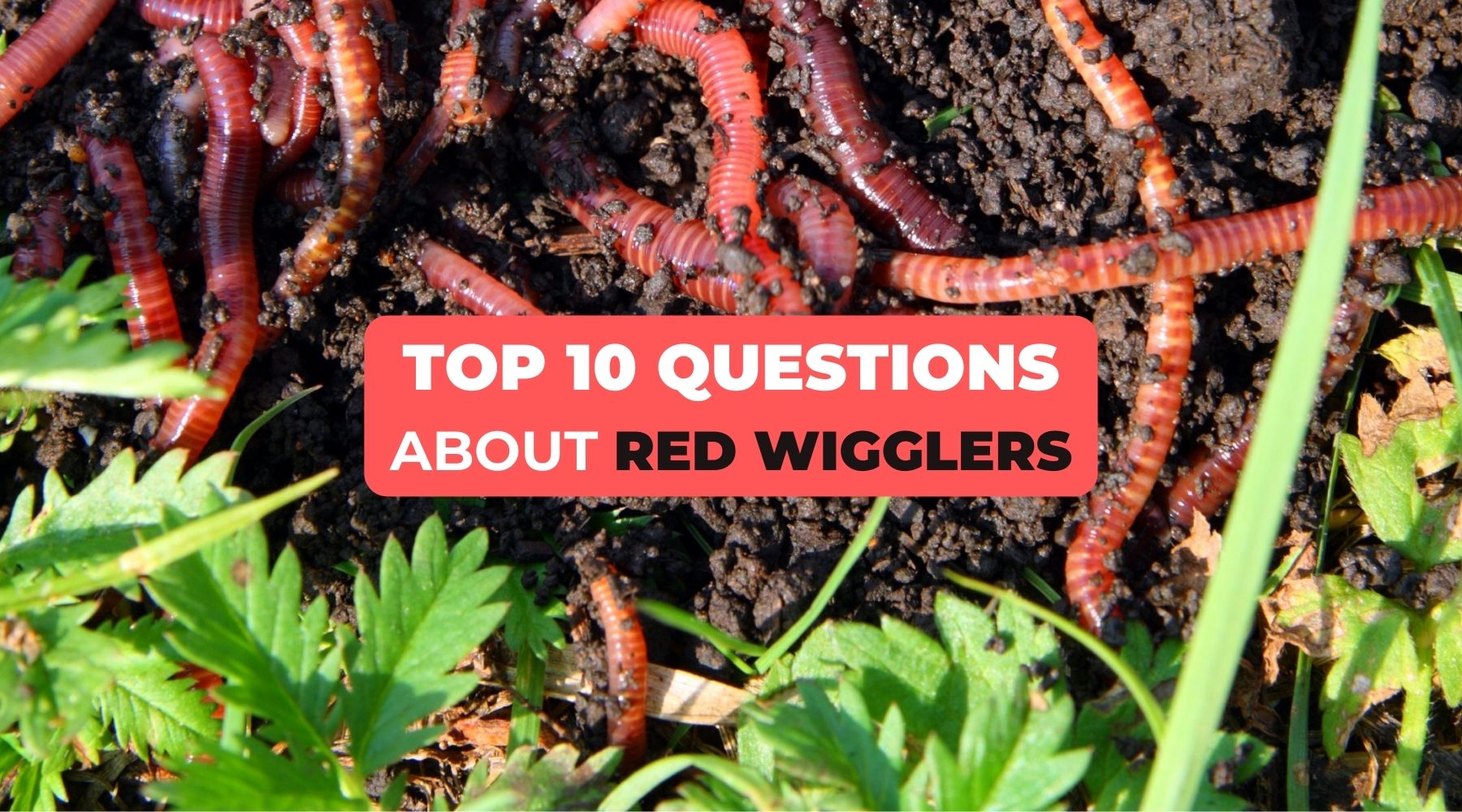The Definitive Guide to Red Wiggler Express
Table of ContentsThe Facts About Red Wiggler Express RevealedNot known Facts About Red Wiggler ExpressThe smart Trick of Red Wiggler Express That Nobody is DiscussingRed Wiggler Express Can Be Fun For EveryoneExcitement About Red Wiggler Express
It's risk-free to claim this stuff would have been terrific to add as a to vermicomposting systems! And the thriving Red Worm populace? It simply never ever occurred. Also in the load that was set up straight before backyard composters with existing Red Worm nests. Yet these nutritionally-boosted wood chip environments are absolutely packed with Lumbricus sp.
Lots of varieties, including Red Wigglers, European Nightcrawlers, and Lumbricus types were brought over from the European continent. Yet below's the thingNative or otherwise - and as gifted as they go to having the ability to make it through in a wide-range of atmospheres and problems -. To put it simply, they are much more most likely to hang out in any kind of energetic composting systems you have actually established, than they are to stroll off and start wrecking the setting.
Roots need oxygen for respiration and depend on smooth air flow within the soil to thrive. However, when it rains, dirt can end up being saturated with water, decreasing the oxygen offered and hindering nutrient absorption - Where To Buy Worms. To preserve an optimum equilibrium, the soil must permit water to drain sufficiently, leaving enough room for air to support root health
4 Simple Techniques For Red Wiggler Express

When it concerns worms for composting, what comes to mind? If you were an earthworm breeder, dealership, or ordinary garden enthusiast, after that you 'd know that red wiggler worms are the suitable worms for vermicomposting. To read more concerning these planet marvels, checked out several of the red worm facts below.
(https://www.backpagedir.com/Red-Wiggler-Express_412718.html)However if they stretch their bodies, you'll be able to see the red stripes on their skin. When increasing worms such as red wiggler worms, you need to have the ability to understand exactly how to profit them. When you're able to preserve and care for their environment well, and likewise feed them the ideal type of organic wastes, then they'll have the ability to create nutrient-packed and quality-rich worm castings for you (additionally referred to as worm poop or garden compost).
Excitement About Red Wiggler Express
So, what do worms consume? Well, these red wriggler worms can be fed with kitchen area scraps and yard wastes. So, any type of decaying natural stuff will certainly simulate vegetable and fruit peels, smashed egg shells, made use of tea bags, coffee grounds, yard cuttings, completely dry leaves, and others. But make certain not to feed them foodstuffs that are oily, citrusy, or has meat or dairy products in them. Worm Farms United States.

This actions makes them well-suited for life in worm containers, compost heaps, and various other restricted areas where organic waste is plentiful. Creating an optimal environment for red wigglers calls for a thoughtful strategy. Consider the adhering to essential elements to look after red wigglers in the house and guarantee their health: Utilize a bed linen of shredded newspaper or cardboard.

Add a handful of dry, shredded newspaper if the container comes to be also wet. They do! Red wiggler worms replicate by laying tiny, lemon-shaped eggs in protective cocoons. These cocoons are generally deposited in the bed linens and hatch right into baby worms within a couple of weeks. The quick recreation cycle of red wigglers is one of the factors they are preferred for vermicomposting.
The Only Guide to Red Wiggler Express
Their adaptability and resilience have made them a prominent selection for vermicomposting in various regions around the globe. Consider protective procedures for really extreme temperature levels such as: Protecting the worm bin with layers of straw or leaves. Red Wigglers For Sale.

When caring for your red wigglers it is very important to keep in mind to: 1) K.I.S.S (Keep it Simple) and 2) every little thing in moderation. These regulations apply to feeding your garden compost worms, watering your worm bins, and nearly whatever else included in taking care of them. Just bear in mind - you can constantly include more food later on (but it's tough to get rid of feed once it's been included to a container!).
Since I fed the red wigglers and garden compost worms also a lot, they weren't able to maintain up and over time the older food went uneaten and created anaerobic conditions that killed the worms. Here're the 6 gold rules for exactly how usually and how much to feed your worms: Policy # 1: Small amounts!
Excitement About Red Wiggler Express
Uneaten food will certainly bring about anaerobic problems that will kill your live worms. It is okay to sprinkle a little of their original bed linens (which needs to already remain in the container) over the food, but the food must never ever be buried and should be visible to your eye. Policy # 5: See guideline # 1! Regulation # 6: After the initial feeding, feed the worms 1/3 to 1/2 of their weight.